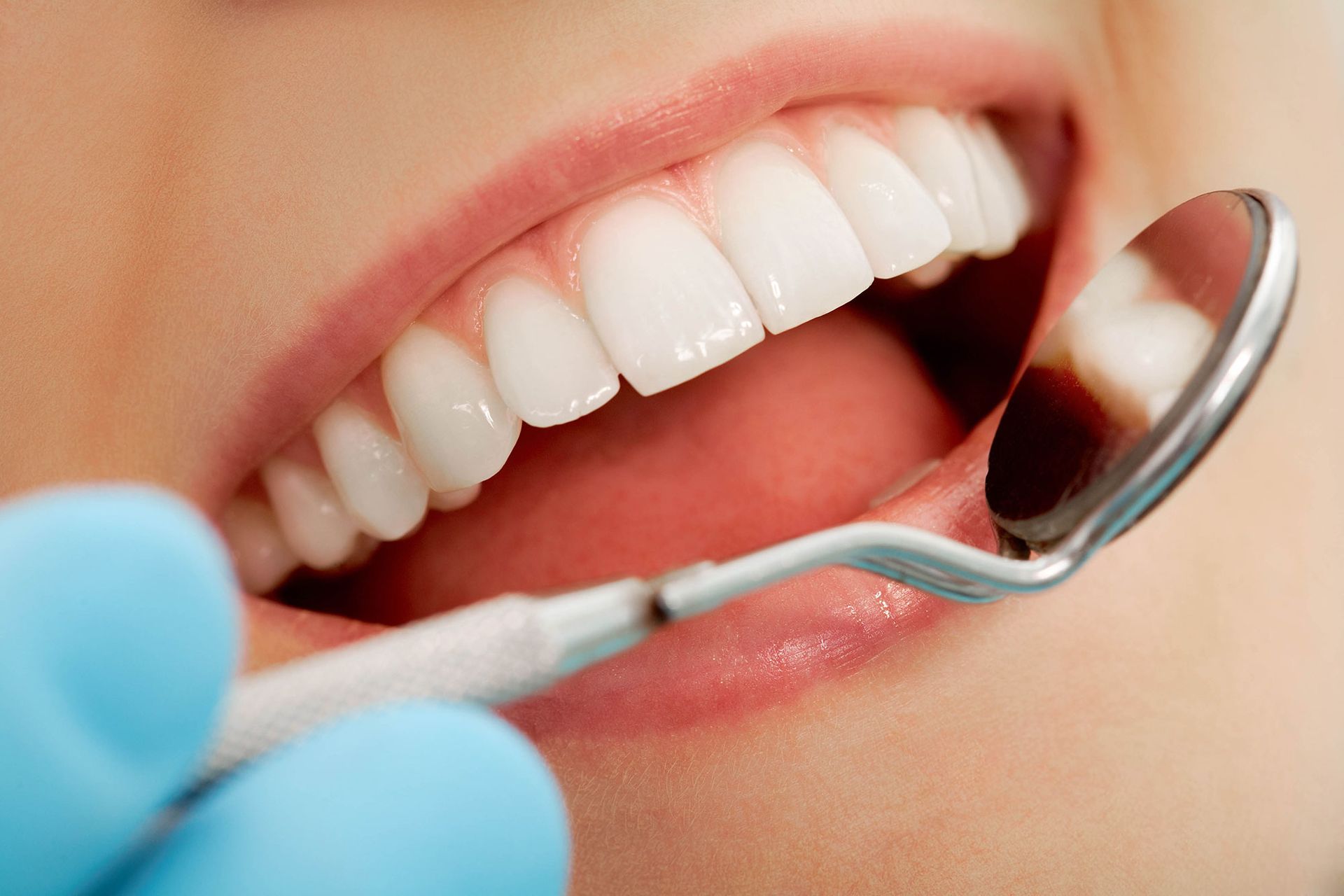General Dentistry Services
Weatherford, OK
Payment Plans Available
Work With Insurance Providers
Emergency Care Available
Hours:
Request Lorem Epsom
Hero Request Form
Thank you for contacting us.
We will get back to you as soon as possible.
Please try again later.
Comprehensive General Dentistry for Your Whole Family
As a locally owned practice and proud members of both the Oklahoma Dental Association and the American Dental Association, we're dedicated to maintaining the highest standards of dental care. We understand that dental visits can be stressful, which is why we've created a family-friendly environment where you'll feel at ease. Don't let dental concerns linger – contact us today to schedule your appointment and experience the difference of personalized, professional care.
Why Choose Us
Payment Plans Available
Work With Insurance Providers
Emergency Care Available
25+ Years of Experience
Family-Friendly Environment
Same-Day Appoitments

Children's Dentistry
We believe in nurturing healthy smiles from an early age. Our children's dentistry services are designed to make dental visits fun and educational for your little ones. We'll teach them proper oral hygiene habits and provide gentle, thorough care to set the foundation for a lifetime of good dental health.
Dental Sealants
Protect your teeth from decay with our dental sealant treatments. This quick and painless procedure creates a protective barrier on the chewing surfaces of your molars and premolars, helping to prevent cavities and maintain your oral health for years to come.
Digital X-Rays Dentist
Our practice utilizes cutting-edge digital X-ray technology for more accurate diagnoses and reduced radiation exposure. These high-resolution images allow us to detect dental issues early, ensuring timely and effective treatment for our patients.
Oral Cancer Screening Dentist
Early detection is crucial in the fight against oral cancer. We perform thorough oral cancer screenings as part of our routine check-ups, using advanced techniques to identify any suspicious areas and ensure your overall oral health.
Preventative Care Dentist
We're firm believers in the power of prevention. Our comprehensive preventative care services include regular cleanings, fluoride treatments, and personalized oral health education. We'll work with you to develop a tailored plan that keeps your smile healthy and reduces the risk of future dental problems.
Senior Dental Care
We understand that dental needs change as we age. Our senior dental care services address the unique challenges faced by older adults, including dry mouth, gum disease, and tooth loss. We offer compassionate, patient-centered care to help maintain your oral health and quality of life throughout your golden years.

Not valid with any other offers or promotions. Restrictions apply.
Must mention this coupon at the time of scheduling.
Here's what our satisfied patients are saying...
At Weatherford Dental Care, we take pride in providing exceptional denistry services to our patients. We would be grateful if you could share your thoughts about our practice with others. Your feedback helps us improve and helps others make informed decisions. Please take a moment to leave a review of Weatherford Dental Care and let others know what you think.




